One of the first steps to take before you start investing is to determine your risk profile.
Tell me more…
Risk profile questionnaires are made up of questions that help you identify the risk required to reach your investment goals, your risk capacity and your risk tolerance.
- Risk required is the amount of risk you’d need to take to achieve the level of expected return you want. The amount of return you want will depend on your investment goals.
- Risk capacity is how much risk you can afford to take. This depends on factors like your income, your savings, your emergency fund and your timeframe for investing.
- Risk tolerance is your attitude to risk, which means your sensitivity to the value of your investments going up or down.
Based on your result, you’ll know your risk profile. And this will help you choose a portfolio with the right balance of assets for your goals. It’ll also give you an idea of how much return you can expect.
How many risk profiles are there?
Generally, there are three risk profile categories:
- Aggressive: This is for investors who have a high risk tolerance and are happy to accept high levels of volatility and potential losses for the chance of higher returns. These portfolios are focused on growth and are mostly invested in stocks. This works for investors with a long timeframe. This type of risk profile is high risk, high reward.
- Moderate/Balanced: This is for investors who are looking for an average level of stability and are happy to have moderate levels of volatility for the chance of stable returns. These portfolios usually have a strategy focused on balancing growth with assets that generate income. This works for investors with a medium to long timeframe. This type of risk profile is medium risk, medium reward.
- Conservative: This is for investors who want to keep their money stable and reduce any volatility in their investments. They’re willing to accept lower returns in order to have more stability. These portfolios have a strategy focused on income generating assets with low exposure to growth and equities. This works for investors with a short timeframe. This type of risk profile is low risk, low reward.
In case you’re wondering, there’s no right or wrong risk profile to have. Your profile just depends on your personal situation, your personality and what you’re comfortable with.

